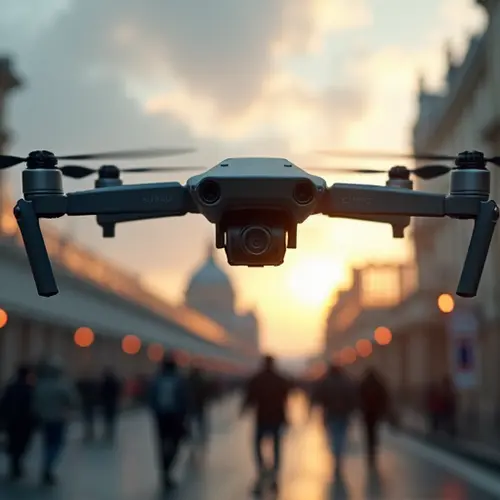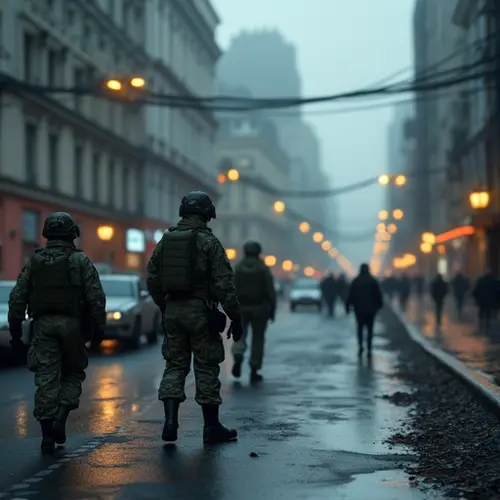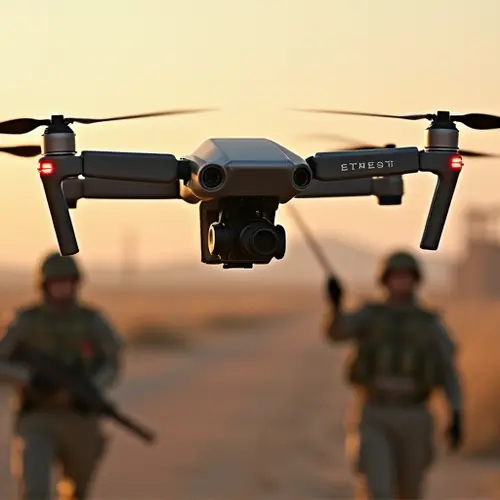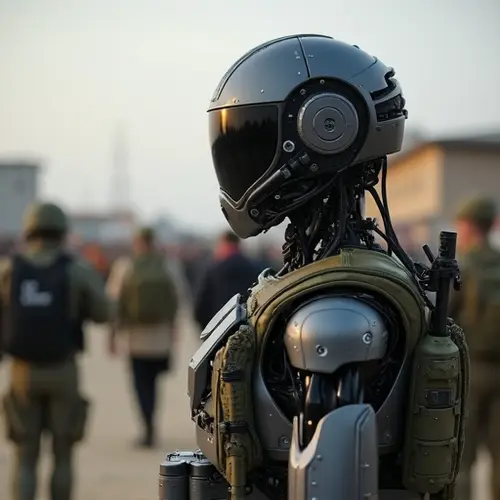
The Rise of Autonomous Warfare
Military applications of artificial intelligence have evolved from theoretical concepts to battlefield realities. Autonomous drones like Ukraine's kamikaze UAVs and Israel's AI targeting systems (Habsora and Lavender) demonstrate how AI is reshaping modern warfare. The US Department of Defense has tested generative AI for intelligence operations in Iraq and Syria, while China developed an AI military commander for war simulations in 2024.
Battlefield Applications Accelerate
AI now enhances:
- Command and control systems
- Real-time threat detection
- Precision targeting
- Resource allocation
- Autonomous weapons deployment
These technologies promise faster decision-making and reduced soldier casualties but introduce new ethical quandaries. Israel's Lavender system reportedly generated 37,000 human targets during the Gaza conflict, raising concerns about accountability.
The Ethics of Algorithmic Warfare
As Kanaka Rajan of Harvard Medical School warns: "If few soldiers die in offensive warfare, it becomes politically easier to start wars." Key ethical concerns include:
Accountability Gaps
When AI systems make lethal decisions, who bears responsibility? Current frameworks struggle to address this question. The "black box" nature of AI decision-making makes error tracing nearly impossible.
Civilian Risk Escalation
AI targeting systems like Israel's Habsora expanded target lists to include homes of suspected Hamas affiliates, contributing to unprecedented civilian casualties according to UN reports. Bias in training data could exacerbate disproportionate impacts on specific demographics.
Global Arms Race Intensifies
31 nations signed the 2023 declaration for military AI guardrails, yet development accelerates worldwide:
- US spending on military robotics grew from $5.1B (2010) to $7.5B (2015)
- China's AI commander project signals advanced simulation capabilities
- Russia and Ukraine deploying autonomous drones in active conflict
Proliferation Risks
Autonomous weapons technology spreads rapidly once developed. Non-state actors could potentially acquire these systems, creating new security threats. The dual-use nature of AI complicates regulation - the same algorithms powering medical diagnostics could enhance targeting systems.
The Path Forward
Experts advocate for:
- International treaties defining autonomous weapons limits
- Mandatory "human-in-the-loop" for lethal decisions
- University oversight of military-funded AI research
- Transparency requirements for training data sources
As Riley Simmons-Edler of Harvard notes: "We must establish boundaries before autonomous weapons become normalized." The window for meaningful regulation narrows as battlefield AI evolves.

 Nederlands
Nederlands
 English
English
 Deutsch
Deutsch
 Français
Français
 Español
Español
 Português
Português




